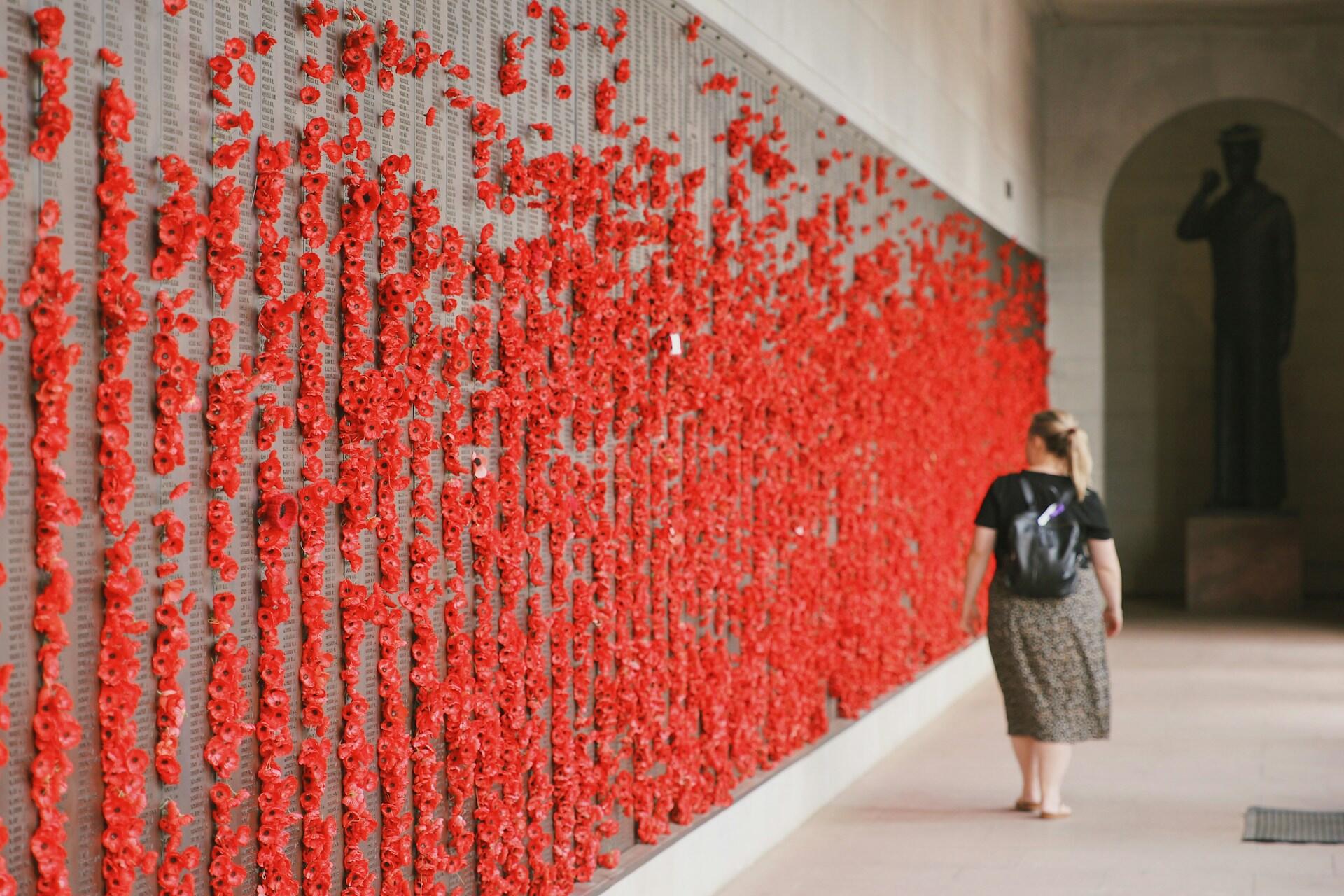Every year on April 25, people across New Zealand and Australia honour the service and sacrifice of the Anzacs, the Australian and New Zealand Army Corps (ANZAC) soldiers who first fought at Gallipoli in 1915. Commemorations include dawn services, marches, and even poppies, but there's much more to know about this commemorative day than that. Here, we'll explore five important Anzac Day facts to help you better understand this national holiday.

1. Anzac Day Marks the Gallipoli Landing in 1915
Our first fact is that the day marks the Gallipoli landing in 1915, while the events remembered took place over a more extended period than just this day, this is the calendar date when it all started.
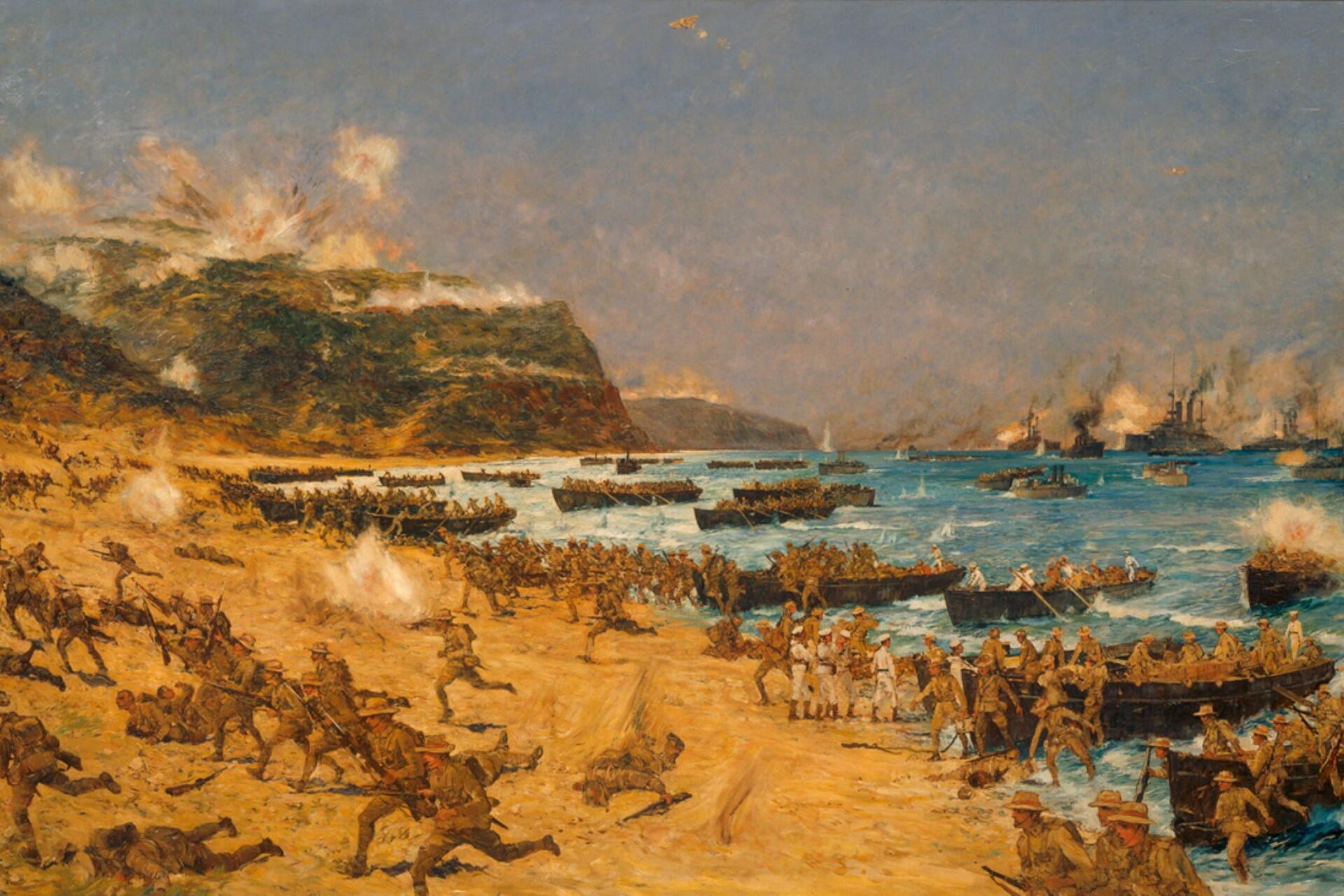
The Dawn of Anzac
On April 25, 1915, thousands of Australian and New Zealand Army Corps (ANZAC) soldiers landed on the Gallipoli Peninsula in Turkey.
At the time, the goal of the Gallipoli campaign was to open up the Dardanelles as a supply route to Russia and to eliminate the Ottoman Empire from the First World War.
The landing quickly descended into chaos as the largely inexperienced Anzacs came ashore on unfamiliar terrain, far from the intended landing zone, and were met with heavy fire.
Instead of the quick success that had been expected, they ended up in a brutal, eight-month conflict that was full of trench warfare, harsh conditions, and terrible losses.
For many New Zealanders and Australians, Gallipoli was their first experience of modern warfare. Though the campaign was a military failure, the bravery, endurance, and camaraderie shown by Anzac troops would be known as the Anzac spirits.
These qualities of courage under fire, loyalty to mates, and quiet determination helped shape national character and lay the foundations for the broader meaning of Anzac Day as it is celebrated today.
The Origin of the Date
The simple origin of the date was chosen on the anniversary of the landings, with the first Anzac Day observed on April 25 1916.
April 25 marks the day when Australian and New Zealand troops first landed at Gallipoli in 1915.
The courage shown that day gave rise to the Anzac legacy and has been commemorated ever since.
This was a solemn affair, with church services, public mourning, and military parades. Both nations (Australia and New Zealand) adopted the event as a time of remembrance and reflection.
However, over time, it became a more symbolic national holiday that honoured those who fought at Gallipoli and all military service members who served or died in wars, conflicts, and peacekeeping missions.
Since the day is about acknowledging sacrifice rather than celebrating a victory, the date is always fixed on April 25. This sets Anzac Day apart from many other commemorative events worldwide as it celebrates the human spirit of a campaign that ended in withdrawal and loss because it gave rise to a unifying national identity that still resonates more than a century later.
The campaign was a failure for the British high command but a victory for the honourable human qualities shown by the Anzac soldiers in the face of brutal and trying hardships.
2. Anzac Day Is a Public Holiday in Both Australia and New Zealand
Anzac Day is one of the most significant public holidays in both Australia and New Zealand. It honours those who served in the military and died in any conflict, particularly those of the Gallipoli campaign.
It's a holiday celebrated by Australia and New Zealand since the Anzac soldiers were from both countries, which were much more closely tied to the British Empire at the time.
However, the disastrous campaign's results have made Anzac Day a solemn and reflective day deeply rooted in the themes of sacrifice, service, and national identity of Australia and New Zealand.
Across both countries, people gather at memorials, cenotaphs, and RSA halls to pay respects. Larger services are held in cities like Wellington, Auckland, Sydney, and Melbourne, while smaller places hold intimate local ceremonies.
Commemorations can include the dawn service, wreath-laying, reciting the Ode of Remembrance, and a minute of silence. Many families wear the medals of their ancestors, and veterans and current service members march in tribute to the soldiers who never came home.
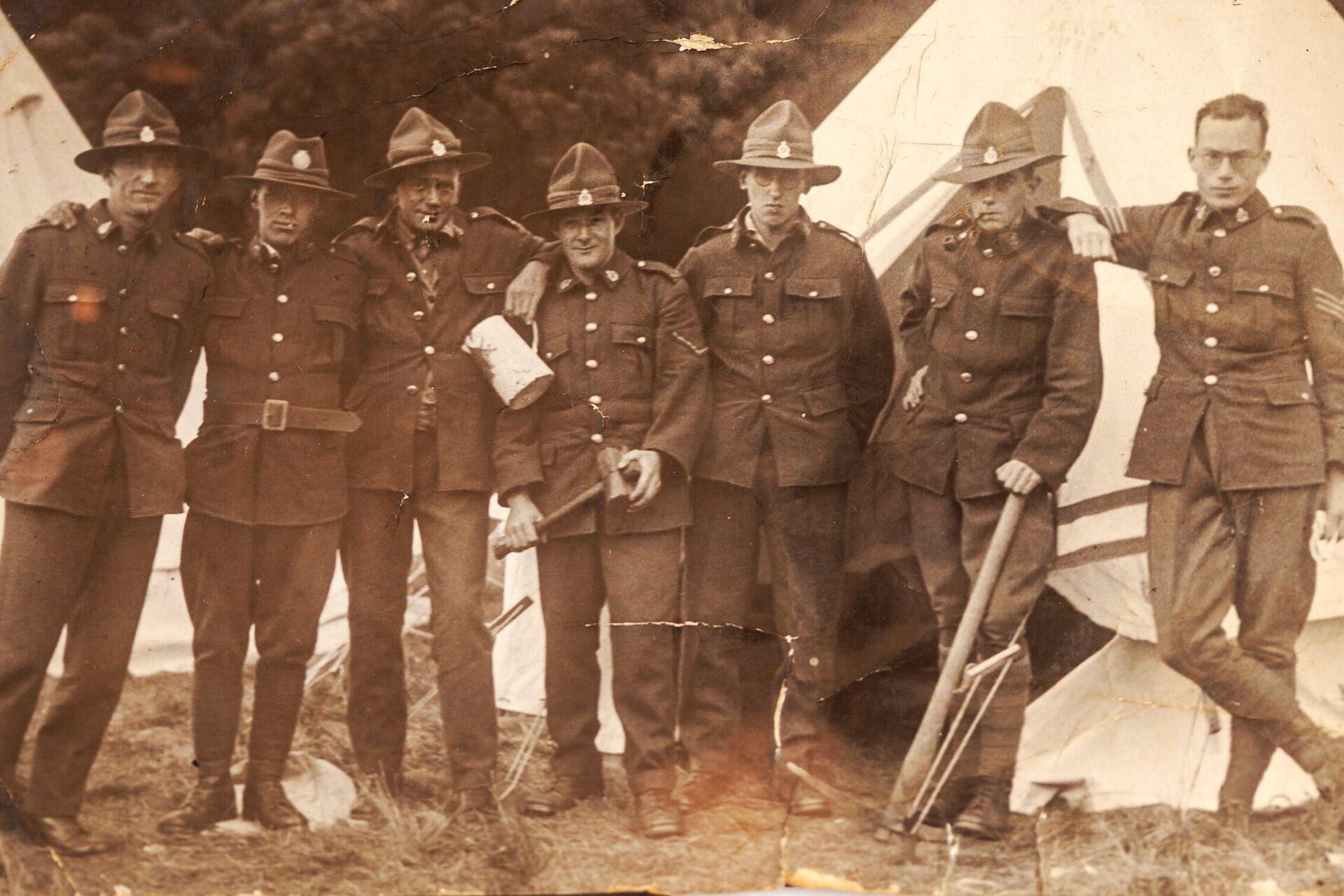
Laws and Observances
Anzac Day isn't just a tradition; it has legal status in Australia and New Zealand.
In New Zealand, Anzac Day is legally recognised by the Anzac Day Act 1966 that formalised it as a day of commemoration. Later amendments reinforced its significance.
In Australia, individual states and territories have their own legislation for Anzac Day, but they all recognise it as a public holiday.
This means that in both countries, its legal status is observed nationwide, with many businesses, schools, and public institutions closing.
These laws even extend to sporting events and alcohol sales on the day, reflecting the idea that Anzac Day should be honoured with respect and quiet reflection, at least during the morning hours around dawn services and memorial gatherings.

3. The Anzac Day Poppy Is a Symbol of Sacrifice
The red poppy has become one of the most recognisable symbols of Anzac Day. The flower's origins are from the battlefields of Western Europe, but its meaning has been extended to cover many activities commemorating World War I.
The inspiration for the poppy's inclusion as a symbol of sacrifice in the First World War comes from the poem In Flanders Fields by Lieutenant Colonel John McCrae, who saw the flower growing amidst the graves of fallen soldiers.
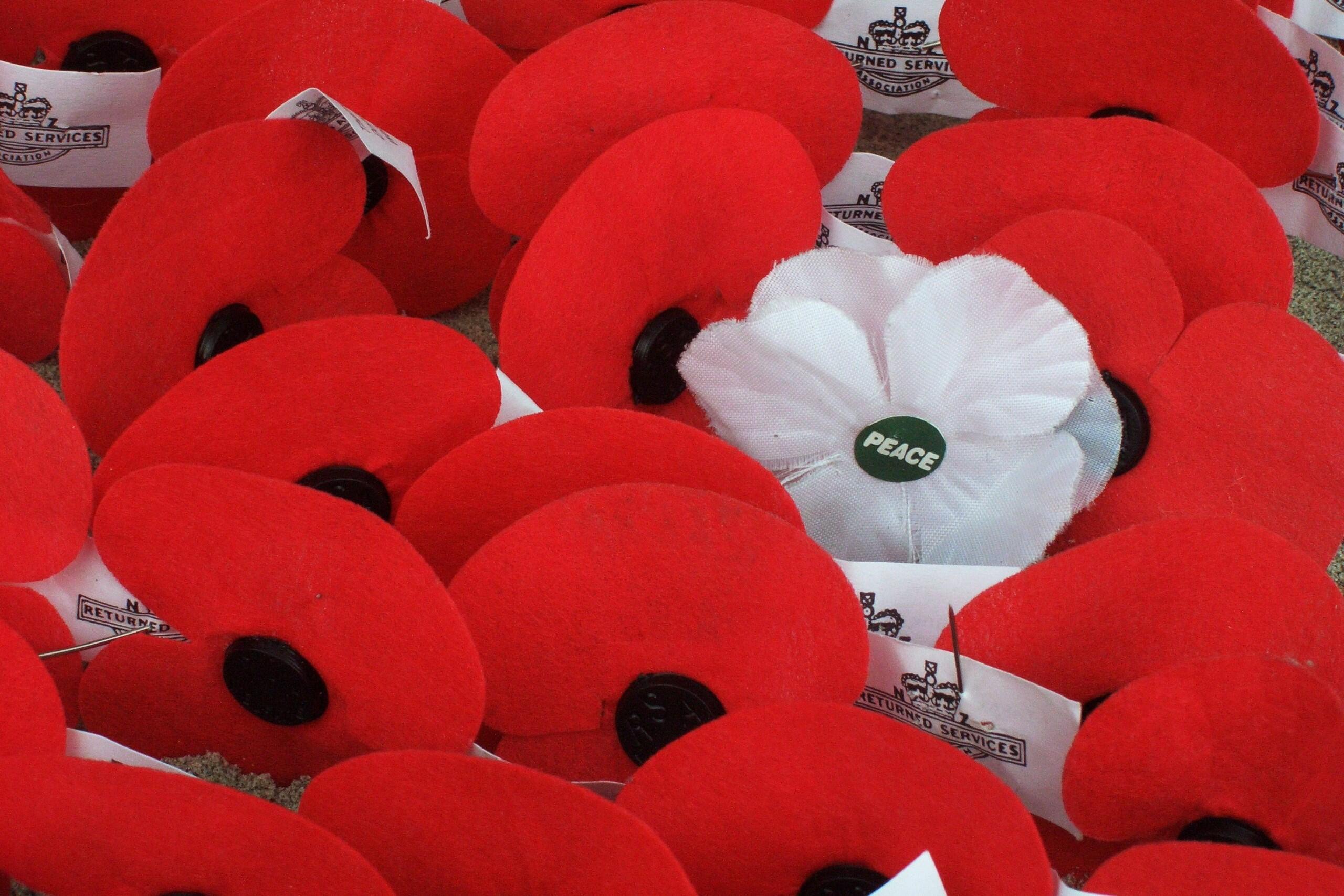
In 1921, the poppy was adopted by both Australia and New Zealand to commemorate Anzac Day, even though the Gallipoli campaign was thousands of kilometres from the fields of the Low Countries. However, the entire war was halfway around the world, from Australia to New Zealand.
There's also Anzac Day poetry specifically about Gallipoli, the Anzac spirit, and honouring the fallen.
A Living Symbol in Modern Commemorations
The Anzac Poppy is an essential part of how people engage with remembrance. In the lead-up to April 25, volunteers and veteran's organisations sell poppies to raise funds.
It's also common for people to leave poppies at war memorials, in fields of remembrance, or pinned to the names on cenotaphs.
School and college students often make poppies and learn about the sacrifices made by the Anzacs. Younger New Zealanders and Australians can learn about the human cost of war, the value of peace, and the human side of conflict, with Anzac Day focusing more on the latter than a military victory.
4. Anzac Day Has Evolved to Include All Wars and Peacekeeping Missions
Anzac Day was established in 1916 to remember the sacrifices made by Anzac soldiers, but it has now been broadened to include Australian and New Zealand military personnel in any war, conflict, or peacekeeping mission.
Not only does this reflect the fact that Anzac soldiers have served in more than just World War I, but they've also been involved in deployments in Vietnam, Afghanistan, Iraq, and United Nations peacekeeping operations.
It's also a way to recognise that the Anzac spirit, which is characterised by endurance, courage, mateship, and selflessness, extends beyond the generation that participated in the Gallipoli campaign.
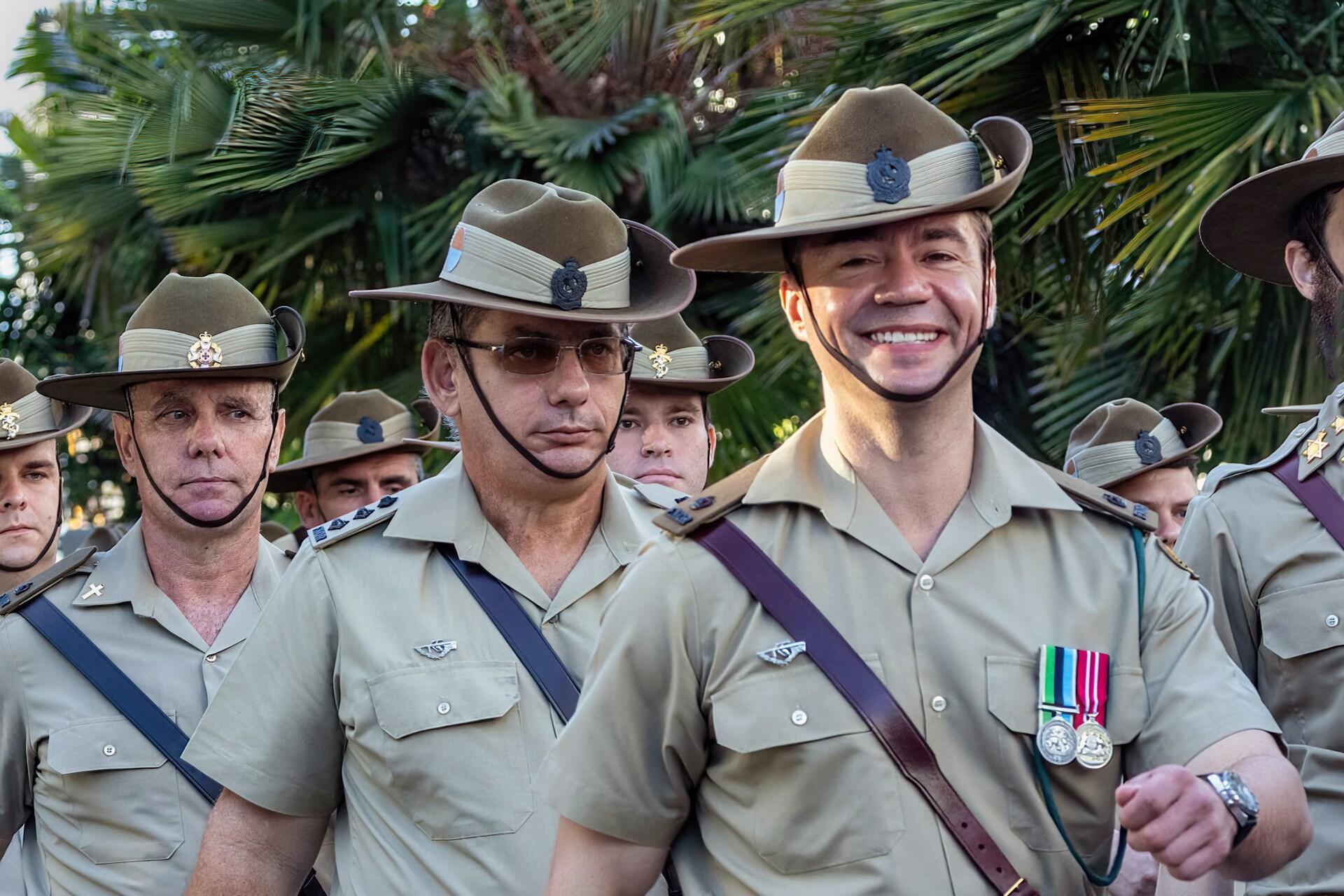
Honouring All Who Served
The broadening of Anzac Day's scope also means that a broader range of voices and experiences are acknowledged during modern services.
Veterans of all ages and generations, especially Indigenous soldiers, migrant troops, and women who served, are also being recognised more significantly than they would have been in previous ceremonies.
Across New Zealand and Australia, there are also events commemorating those who died outside of conventional warfare, such as during humanitarian missions and disaster responses, where the army and other forces were deployed.
Anzac Day recognises service in all forms and reminds us that the Anzac spirit extends beyond the trenches of 19th-century Turkey and can be seen as new generations serve, making it a living tradition that evolves with the people and nations of New Zealand and Australia.
5. The Dawn Service Is One of the Most Powerful Traditions
The dawn service is the most moving and widely attended part of Anzac Day. Thousands of people across New Zealand and Australia travel to memorials.
Its origins lie in the military practice of "stand-to", when soldiers rose before first light to be ready for potential enemy attacks at dawn. This practice was particularly significant during the Gallipoli campaign when this was the most dangerous part of the day.
Anzacs served at Gallipoli.
The first formal dawn service took place in 1923 in Albany, Western Australia, and has since become a symbol of the silence and tension of the battlefield.
People now gather wrapped in blankets with candles in a shared moment of national unity and reflection.
Dawn services are now held in major cities and rural towns as well as on beaches, cementeries and even in warzones where Anzac troops are currently stations.

